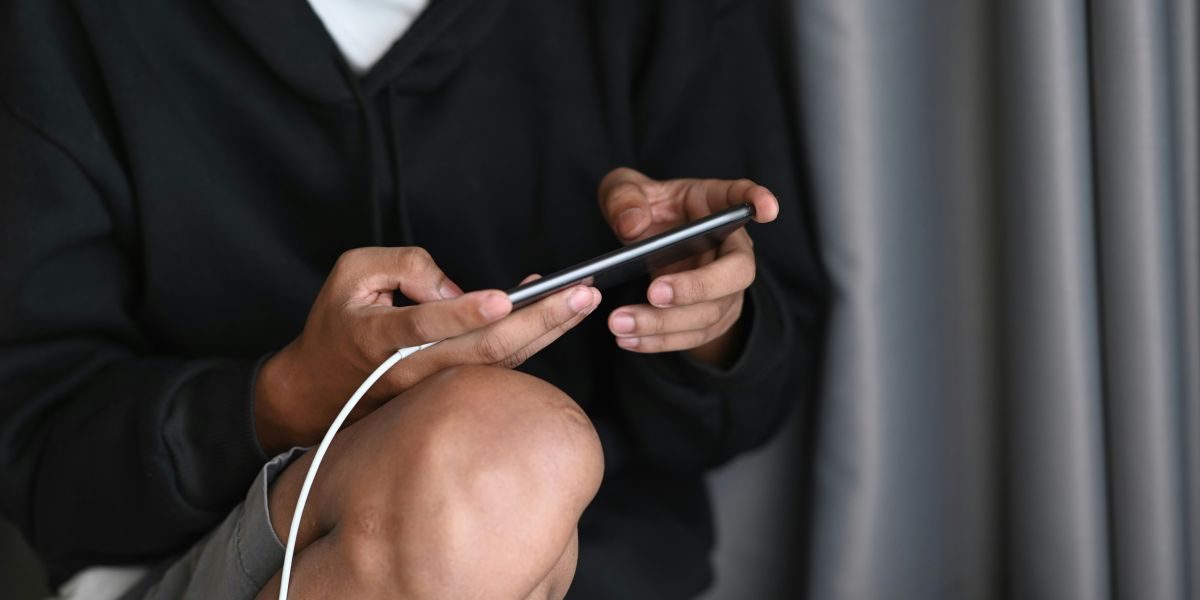USB-C cables are intended to simplify our tech lives. One cable for everything: charging, data transfer, and even video output. But if you’ve ever plugged your phone into a USB-C cable only to find that nothing happens—or worse, that it charges much more slowly than expected—you’re not alone.
So, what’s going wrong when your USB-C cable fails to perform its basic function? Let’s explore the common causes and, more importantly, how to address them.
Not All USB-C Cables Are Built the Same
It might be surprising, but there are notable differences between USB-C cables, even when they all look very similar. Some are designed specifically for power, others for data transfer, and only a few can handle both at higher speeds.
If your phone isn’t charging, the cable might simply lack the required power delivery capabilities. For instance, a USB-C cable that is designed for data transfer may only support a relatively low power output (around 15W), which likely won’t be sufficient for most modern smartphones. To resolve this, consider using a cable that supports USB Power Delivery (USB-PD) with a wattage that meets the needs of your device.
Your Charger Might Be the Real Culprit
Before concluding that the cable is the issue, consider the charging brick or port you are using. A high-quality cable paired with a low-wattage wall adapter can still lead to slow charging. Similarly, if you’re charging from a laptop’s USB port, it might not be supplying enough power.
To test this, try using the cable with a different charger—preferably one that supports fast charging. If your phone charges at a reasonable speed, the issue likely lies with the original power source, not the cable.
Cable Wear and Tear Is Often Overlooked
Cables bend, twist, and get stored in bags daily. Over time, even a sturdy USB-C cable can experience wear and tear. The internal wires may fray or break, especially near the ends. While you may not see visible damage, internal issues could disrupt the charging process.
If your cable used to work but now doesn’t, it might be physically worn out. Try another cable to see if charging resumes. If it does, it’s probably time to replace the old one.
Check Your Phone’s Charging Port
Sometimes, the problem isn’t with the cable at all but with the phone itself. USB-C ports can accumulate dust, lint, or other debris that obstructs the connection. A dirty port might cause the cable to fit loosely or not connect properly.
Use a flashlight to inspect your phone’s charging port. If you notice debris, carefully clear it out using a toothpick or a soft brush. Be gentle to avoid damaging any internal components.
Software Issues Can Interfere Too
While less common, software glitches can sometimes affect proper charging. A recent app or system update might interfere with your phone’s power management system. Restarting your device can occasionally resolve minor software issues. If problems continue, try charging your phone in safe mode or check for any further system updates.
Final Thoughts
USB-C is designed to simplify charging and connectivity, but not all cables are capable of meeting every device’s needs. Whether due to underpowered specifications, physical damage, or an incompatible charger, several factors can cause your phone to charge slowly—or not at all.
If you’re considering replacing a faulty or underperforming cable, it’s worth investing in one that matches your specific requirements. You can find reliable, durable USB-C cables at Maplin that are designed for fast speeds, efficient power delivery, and long-term use. When choosing the right cable, it’s important to select one that fits your device’s needs for optimal performance.
Published by Joseph T.

















